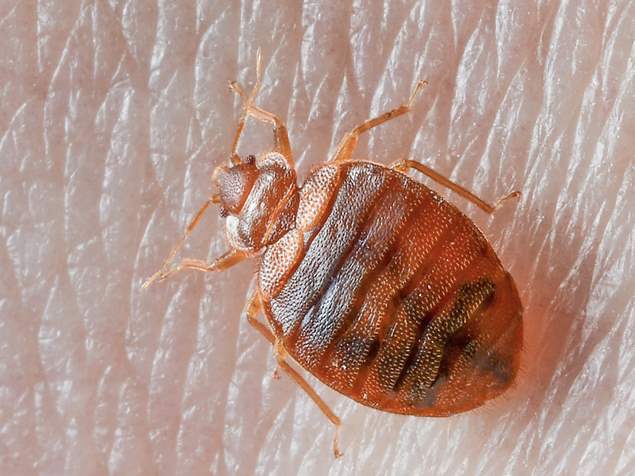Silent Intruders of the Night
Bed Bugs Be Gone
Bed bugs are one of the most dreaded pests that can infiltrate your home. Their elusive nature and rapid reproduction make them a formidable opponent in the battle for a peaceful and pest-free home.
Bed bugs, scientifically known as Cimex lectularius, are small, blood-sucking insects that feed on the blood of warm-blooded animals, including humans. These pests have become increasingly problematic in recent years due to their ability to adapt to various environments and develop resistance to pesticides.
Here are some key facts about bed bugs:
-
Nocturnal Feeders: Bed bugs are primarily active at night when their human hosts are asleep. This nocturnal behavior can make it challenging to detect their presence.
-
Elusive Behavior: Bed bugs are skilled at hiding in cracks, crevices, and folds of bedding, making them difficult to find and eliminate.
-
Rapid Reproduction: A single female bed bug can lay hundreds of eggs in her lifetime, leading to swift infestations if not controlled promptly.
-
Health Risks: Bed bug bites can cause itching and skin irritation. Additionally, they are known to trigger allergic reactions in some individuals.

Bedbug Biology
Female bedbugs lay their eggs in crevices or attach them to rough surfaces. Each bedbug goes through five developmental stages before reaching adulthood, requiring a blood meal at each stage. They can endure periods of starvation, lasting a few months or possibly up to a year. While they can feed on other hosts like birds or rodents, they exhibit a preference for human blood.
What do Bed Bugs Look Like?
Adult bedbugs typically measure around 1/5 inch in length, possessing a flat body that enables them to squeeze into narrow cracks. They lack wings and typically appear reddish-brown but may take on a “blood red” appearance after feeding.
Common Hiding Places for bed bugs
• Undersides of mattresses (usually accompanied by small clusters of black spots in the case of infestations)
• Coils of bed or box springs
• Cracks in wooden bed frames
• Upholstered furniture
• Electrical outlets
• Behind pictures
• Beneath wallpaper
• Between floorboards
• Window casings
What’s Next? Treatment!
Professional use only pesticides must be sprayed in the affected area and many times in the entire home. Pest treatments from your local store are likely to be ineffective. As soon as you suspect a bedbug infestation, do not delay in seeking help, as the problem may worsen over time.
PREPARE FOR BEDBUG TREATMENT
WHAT YOU NEED TO KNOW
- Treatment may need to be repeated two or three times
- Wash any affected clothing and bedding in hot water
- Dry them thoroughly
- Place them in sealed plastic bags until the affected areas have been treated

Regain Your Peace of Mind – We will make sure your home is bed bug free!
The best way to remove bed bugs for good is to choose a trusted professional pest control service. Protect your home, family, and animals, and once they’re gone you will have peace of mind that they won’t wreck havoic again.
Whether you’re dealing with a mild infestation or a severe bed bug problem, our experienced team can help you regain control over your living environment. Don’t let these unwanted intruders disrupt your home any longer. Contact us right away!

